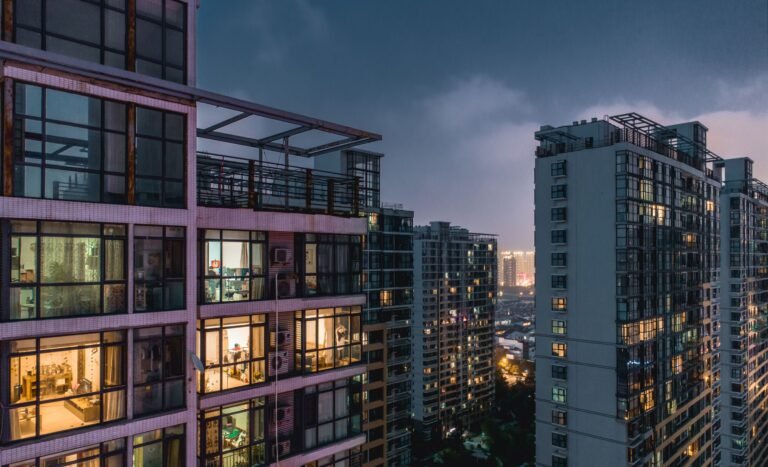
- May 8, 2023
- Effective Building
- 0
Building standards and codes are essential to ensuring that buildings are constructed safely and to a minimum level of quality. These standards provide a framework for building contractors and tradespeople to work within, setting out the requirements for everything from structural integrity to fire safety.
However, as climate change continues to impact our planet, it is becoming increasingly clear that more than these minimum standards may be needed to ensure that buildings can withstand the impacts of extreme weather events.
Building Work Practices to Cope with Climate Change
As building consultants, we have seen firsthand how compliant building work can still fail due to climate change. Water entry is an otherwise well-constructed project is just one example of this. Furthermore, while building contractors are only required to work to the minimum standards set out in the Australian middle and building code or the recommended specifications from manufacturers, it is becoming increasingly clear that these minimum standards may not be sufficient to address the unique challenges posed by climate change.
To address this issue, building contractors and tradespeople have to go above and beyond these minimum standards to ensure that their constructions can withstand the impacts of changing weather patterns. This requires a willingness to stay current on the latest research and best practices and a commitment to ongoing training and education.
1. Installation of Roof Flashings
One area where building contractors and tradespeople can go above and beyond the minimum standards is in the installation of roof flashings. Flashings are an essential roof system component designed to prevent water from entering a building at the intersections between the roof and other surfaces, such as walls and chimneys. While building codes and manufacturers’ specifications provide guidelines for the size and placement of flashings, more than these guidelines may be needed to address the risks posed by extreme weather events.
To ensure that roof flashings can provide adequate protection against water entry, building contractors and tradespeople may choose to install larger or more robust flashings than required by the minimum standards. This can include increasing the size of the flashing to provide a larger overlap with the adjacent surface or using more durable materials that are better able to withstand the impacts of wind and rain.
2. Use of Durable Materials
Another area where building professionals can go above and beyond the minimum standards is using durable materials. While building codes set out minimum requirements for the durability of materials used in construction, these requirements may be needed to ensure that buildings can withstand the impacts of climate change. By using more durable materials, building professionals can help ensure that their constructions stand the test of time, even in changing weather patterns.
In addition to using durable materials, building professionals can go above and beyond the minimum standards in installing insulation. While building codes set out minimum requirements for insulation levels, more than these requirements may be needed to ensure that buildings are energy efficient and able to maintain a comfortable indoor environment in the face of changing weather patterns.
By installing additional insulation, building professionals can help reduce energy consumption and improve the comfort of occupants while reducing the risk of damage from extreme weather events.
3. Implementation of Water Management Strategies
Another critical area where building professionals can go above and beyond the minimum standards is implementing water management strategies. As climate change continues to impact our planet, we see more frequent and severe weather events, including floods and droughts.
By incorporating rainwater harvesting systems and greywater reuse systems into their constructions, building professionals can help reduce the strain on municipal water supplies while ensuring that their buildings can function even in the face of water shortages.
Conclusion
Ultimately, building professionals are responsible for ensuring that their constructions can withstand the impacts of climate change and extreme weather events. While minimum standards and building codes provide a foundation for safe and functional structures, it is up to building contractors and tradespeople to take a proactive approach to building design and construction that accounts for the challenges of a changing climate.
If you are concerned about the effects of climate change on your property, it’s important to take action to protect your investment. Contact our Effective Building & Consultancy today to schedule a comprehensive property inspection.
Our experienced building consultants can provide expert advice on making your property more resilient to changing weather patterns and ensuring that your property remains safe and secure.
Don’t wait until it’s too late! Contact us today at 02 9613 3353 or visit our website https://www.effectiveconsultancy.com.au/ for booking, to ensure your peace of mind and the safety of your property.
A property inspection is an excellent step in purchasing a new property during a transaction. Most buyers don’t know what Read more
Rezoning is rezoning a parcel of property from one kind to another, such as industrial to residential. Land zones govern Read more
According to Murphy's Law, whatever may go wrong, will go wrong. Even with a well-thought-out building plan, anything can and Read more





